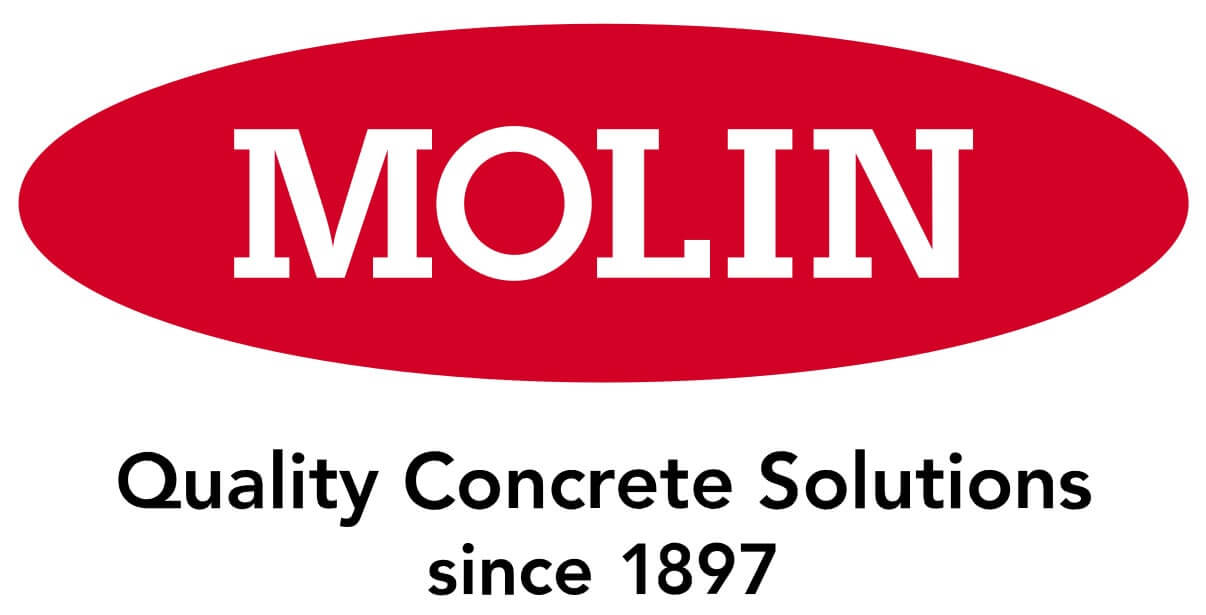Why Build Storm Shelters Out of Precast?
In the Midwest, as a part of tornado alley, we are frequently faced with concerning storm warnings. Worse yet, a recent study shows wind speeds are steadily increasing over time. Increasing wind speeds lead to more life-threatening storms. If you own a business or commercial space, you want a portion of your building designated and designed as a storm shelter to protect the lives of your employees and customers in severe weather.
Precast concrete is a great material for storm shelters because it offers strength, customization, and simplicity. Storm shelters made with precast concrete are manufactured in a Precast/Prestressed Concrete Institute (PCI)-controlled environment which assures high quality. Precast can also be shipped and installed in winter conditions saving time and money. Because precast concrete is moldable, you can select from a variety of colors, textures, and forms to meet the aesthetic and functional requirements of the designer. Learn more about our aesthetic information here.
In order to standardize storm safety, the International Code Council (ICC), in partnership with the National Storm Shelter Association (NSSA), published a manual called the ICC/NSSA Standard for the Design and Construction of Storm Shelters (ICC 500). All of the structures we construct as storm shelters conform to the specifications of the ICC 500 to ensure the safety of you and your other occupants. In fact, you may even be required by the ICC 500 to have a portion of your building designated as a storm shelter.
What are the ICC 500 Storm Shelters Requirements?
The ICC 500 was first published in 2008 to standardize the design and construction of storm shelters. Before then, there was no standard code to ensure shelters could withstand dangerous weather. The ICC 500 was updated in 2020 to include more safety measures. You can read the ICC 500 manual here.
The code states the following buildings must have storm shelters in accordance with the ICC 500 if they are located in the 250 mph wind zone on the map provided by the ICC (see map here):
- 911 call stations
- Emergency operation centers
- Fire, rescue, and ambulance stations
- Police stations
- K-12 school buildings with occupancies over 50
The storm shelters at these buildings must be able to withstand category 5 tornadoes. The required wind load parameters for all storm shelters in the ICC 500 also includes specifications for wind speed, exposure category, directionality factor, and enclosure classification.
Additionally, storm shelters required by the ICC 500 must also have load parameters of ASCE 7, derived from the American Society of Civil Engineers (ASCE). This essentially means that storm shelters must be able to support the weight of surrounding structures if said structures were to collapse.
Because these shelters are designed for tornadoes, changes in internal pressure due to atmospheric pressure changes must be considered as well as maximum rain loads, floor loads, roof loads, hydrostatic loads, and flood loads.
The ICC 500 debris missile impact criteria states a storm shelter must be able to withstand a 15-pound sawn lumber 2 by 4 at 100 mph. Limitations are also placed on joints, gaps, voids, and penetration in your storm shelter.
What is Molin’s Process?
In order to achieve the best results with all of our precast concrete products, we work with you on the design, manufacturing, and installation of the precast building system. This has helped us become one of the premier sources for complete precast/prestressed building systems throughout the 7-state Midwest region.
We can help provide directions with your architectural planning to meet the ICC guidelines and the specifications of your client. Give us a call to learn more. Let us help you ensure your architectural design withstands extreme weather and passes inspections, peer reviews, and quality checks. Most importantly, let’s build a structure that will keep you safe.
